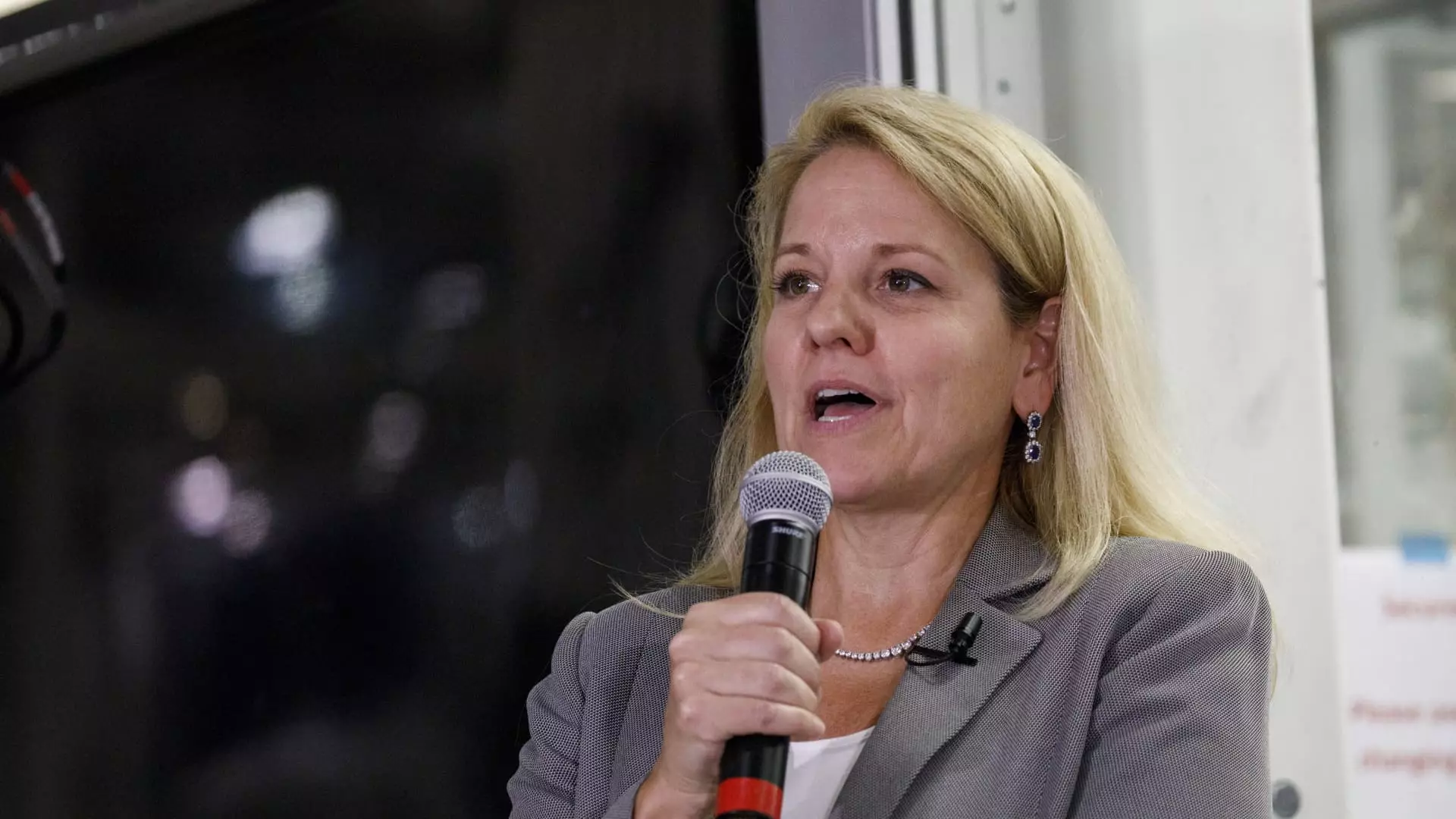Space exploration and satellite technology are rapidly evolving sectors that invite intense competition among industry players. Among these key players stands SpaceX, a company whose remarkable growth and innovation have solidified its dominance in the field. In a recent address at the 2024 Baron Investment Conference, SpaceX’s President and COO, Gwynne Shotwell, shed light on the competitive nature of the space industry, articulating the challenges and opportunities that lie ahead, not just for SpaceX but for its rivals as well.
Embracing Competition: A Catalyst for Growth
In Shotwell’s opening remarks, she emphasized the important role competition plays in driving innovation and efficiency in the aerospace sector. She optimistically encouraged rivals to elevate their game, stating, “I hope others can catch up, right? Competition is good for industries.” This perspective reflects an understanding that a thriving competitive landscape not only pushes individual companies to improve but also enhances technological advancements across the board. The encouragement to competitors positions SpaceX as a company confident in its capabilities, while also acknowledging that external pressure can foster significant innovation within the industry.
As of 2023, SpaceX has accomplished more than 100 successful launches, underscoring its commanding lead over competitors like Rocket Lab, which is only able to muster a mere 12 launches this year. This stark contrast in performance raises questions about the barriers to entry in the space launch sector and highlights the vast capabilities SpaceX has developed over the years. Shotwell’s insights suggest that while SpaceX has reached impressive heights, it remains open to the dynamism that competition can bring to the industry.
SpaceX’s success can be attributed not only to its rockets but also to its ability to capture lucrative contracts with governmental entities like NASA and the Department of Defense. Shotwell pointed out that SpaceX serves as the sole American option for delivering astronauts to the International Space Station via its Dragon spacecraft. This monopolistic position is bolstered by the fact that SpaceX has employed a workforce of 15,000 people and has won billions in government contracts, which indicates a well-structured business model that rivals would need to dismantle to pose a significant threat.
The emergence of the Starlink satellite internet service further amplifies SpaceX’s stature in the market. With its ever-growing constellation of nearly 7,000 satellites, Starlink aims to disrupt traditional satellite telecommunications, aggressively expanding into various sectors, including aviation and maritime industries. Shotwell recognized the immense potential of this market, stating, “The satellite broadband market is gigantic.” The company’s foresight into the reach of Starlink suggests its strategic intent to capture a significant share of the global broadband market, where roughly 30% of the world’s population still lacks reliable internet access.
A significant aspect of Shotwell’s address was dedicated to the development of the Starship rocket, which represents a pivotal evolution in SpaceX’s shipping and transportation capabilities. With its reusability features, Starship aims to surpass the Falcon 9 and Dragon models currently in service. Shotwell stated that Starship will be a “replacement” for these earlier technologies, predicting that, “people are going to want to fly on Starship: It’s bigger, it’s more comfortable, it will be less expensive.” This focus on developing next-gen technology reflects a clear roadmap for SpaceX’s future operations.
Anticipating the upcoming sixth flight test of Starship, Shotwell’s vision encapsulates her ambition for SpaceX to pioneer an era of more efficient and cost-effective space travel. She projected a possibility of flying 400 Starship missions within the next four years, a statement that epitomizes the confidence and forward-thinking ethos that has characterized SpaceX under Elon Musk’s leadership.
In a rapidly evolving sector, Gwynne Shotwell’s insights serve as a reminder of the importance of competition in fostering innovation and driving industry standards. SpaceX’s impressive track record, financial backing, and visionary projects position it at the forefront of space technology while inviting others to step up their game. This competitive landscape presents not just challenges but also vast opportunities for advancement. As SpaceX continues to dominate the aerospace sector, the response from competitors will undoubtedly shape the future of space exploration and satellite technology. With ambitions set high on both the national and international stage, the unfolding narrative of competition will only enhance the excitement surrounding the exploration of the final frontier.

